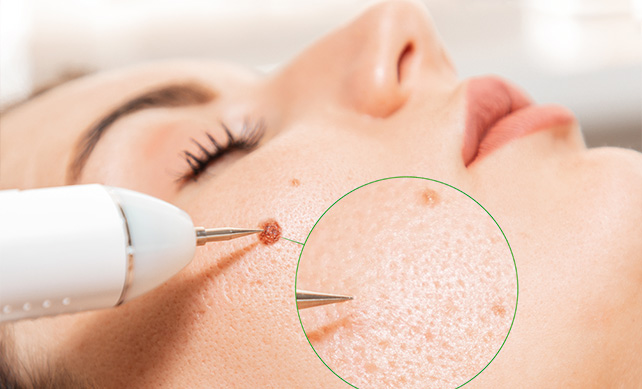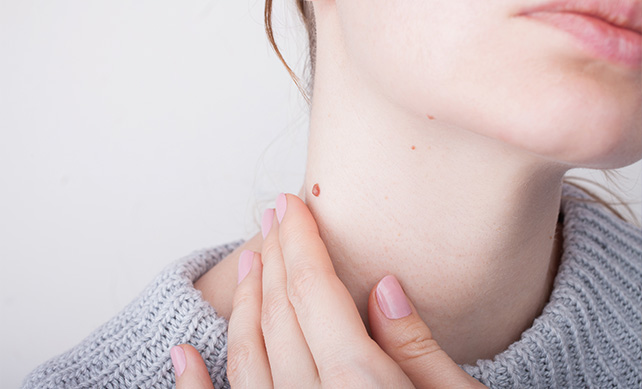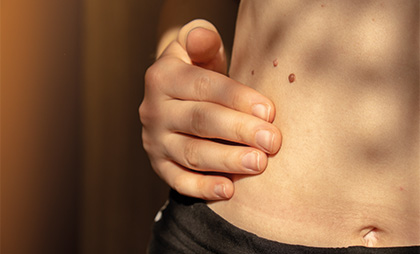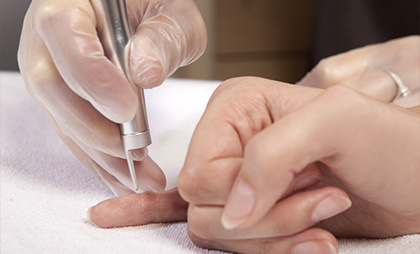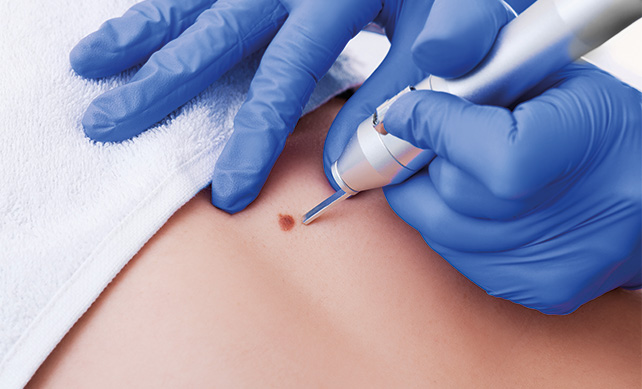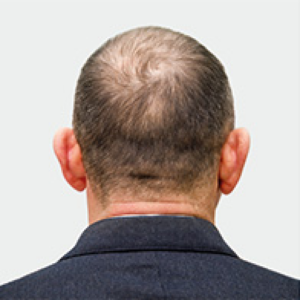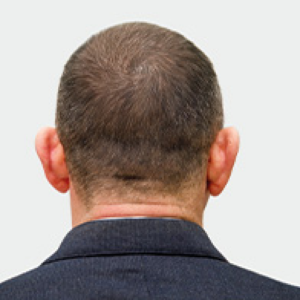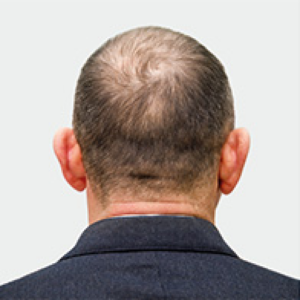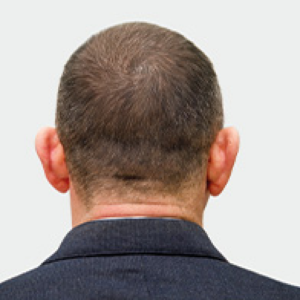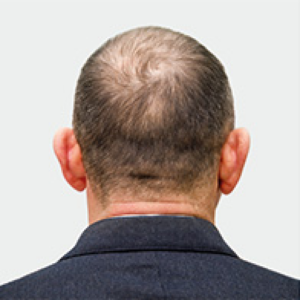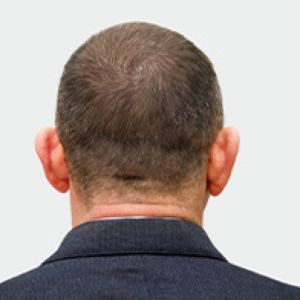Wart Treatment
WHAT IS A WART TREATMENT?
A wart is a small, noncancerous growth on the skin caused by the human papillomavirus (HPV). Warts are generally harmless and can appear anywhere on the body. However, they are most commonly found on the hands and feet. They have a rough surface and may resemble a cauliflower or a solid blister.
There are several types of warts, including:
- Common warts: These are typically found on the hands, fingers, and sometimes on the face. These warts are usually small and rough, and they come in rounded or oval-shaped.
- Plantar warts: These warts appear on the soles of the feet and can sometimes cause discomfort or pain when walking. They may grow in clusters and are often flat due to pressure from walking or standing.
Flat warts: These warts are smaller and smoother than common warts, and they often appear on the face, arms, or legs. They can be found in large numbers and are more common in children and teenagers.
Filiform warts: These warts have a thread-like appearance and often grow around the mouth, nose, or eyes. They can grow quickly and are more common in people with weakened immune systems.
Periungual warts: These types of warts develop around or under the nails. Usually on the fingers or toes, and can be painful or affect nail growth.
Warts are contagious; the wart virus can spread through direct skin-to-skin contact or indirect contact with dirty objects. However, not everyone who comes into contact with HPV will develop warts. The immune system plays a crucial role. It determines whether or not an individual will develop warts after exposure to the virus.
A few simple things can be used to remove dead skin cells of warts, like…
- Pumice stones
- Emery board
- Liquid Nitrogen
- Covering the wart using duct tape.
Just note that wart treatments do not treat the virus itself. Rather they treat the health problems caused by types of HPV.
As for genital warts, they need to be treated by a healthcare professional. Because leaving it without treatment can pass the infection on to your partner.
HOW TO TREAT WARTS?
There are several treatment options for warts removal, ranging from over-the-counter remedies to professional medical procedures. Here are some common ways to treat warts:
- Salicylic acid: It is a standard wart treatment with gels, liquids, or patches. Apply the salicylic acid directly to the wart as directed, usually once or twice daily. It may take several weeks to see results. Be sure to protect the surrounding skin with petroleum jelly or a bandage.
- Freezing kits: These kits use a cold spray to freeze the wart, similar to cryotherapy performed by a healthcare professional. Follow the instructions carefully, and be aware that multiple applications may be necessary.
- Medical treatments: If over-the-counter and home treatments are ineffective. And if the wart is large, painful, or persistent, consult a healthcare professional.
Laser therapy: A healthcare professional uses a laser to destroy the wart tissue. This method is usually reserved for warts that are difficult to treat with other methods.
Chemical peels: A healthcare professional applies a strong acid to the wart, causing it to peel away. This treatment is typically used for flat warts and may require multiple sessions.
Immunotherapy: Sometimes, a healthcare professional may use medications to stimulate the immune system to fight off the wart-causing virus.
Remember that warts are contagious, so practicing good hygiene and avoiding sharing personal items like towels and razors is essential. Additionally, avoid picking at or scratching the wart to prevent spreading the virus to other parts of your body or people.
FAQ
What is the treatment for genital warts?
The treatment for genital warts can vary depending on the location, size, and number of warts. Treatment options may include topical medications, cryotherapy, surgical removal, or laser therapy. It is important to consult with a healthcare professional for proper diagnosis and treatment recommendations.
When to stop wart treatment?
Wart treatment should be stopped once the wart has been completely removed or has disappeared. However, it is important to continue monitoring the area for any signs of recurrence or new warts.
Can genital warts come back after treatment?
Yes, genital warts can recur even after treatment. It is important to practice safe sex and regular follow-up appointments with a healthcare professional to monitor for any signs of recurrence.
Is there treatment for genital warts?
Yes, there are several treatment options available for genital warts, including topical medications, cryotherapy, surgical removal, or laser therapy. It is important to consult with a healthcare professional for proper diagnosis and treatment recommendations.
What is the treatment for warts on fingers?
The treatment for warts on fingers can include over-the-counter topical medications, cryotherapy, or in-office procedures such as surgical removal or laser therapy. It is important to consult with a healthcare professional for proper diagnosis and treatment recommendations.
Why do warts turn black after treatment?
Warts may turn black after treatment due to the death of the wart tissue. This is a normal part of the healing process and the dead tissue will eventually fall off on its own. It is important to follow proper aftercare instructions provided by the healthcare professional to prevent infection or scarring.




BLOG & NEWS
BLOG
Which Breast Augmentation Implant Is the Best?
see all

NEWS
TURKEYANA REDEFINING THE CONCEPT OF BEAUTY
see all


















